Hike Safe: Prepare for Adventure with these Essential Tips
Planning a hike? Get ready for an unforgettable adventure. But before you hit the trails, prioritising safety is key. This guide provides crucial tips to ensure you and your group have a fantastic and safe experience in the great outdoors. Always leave trip intentions with a responsible person: This ensures help can be sent if needed.
Why you should always leave trip intentions before hiking
Imagine this: you’re enjoying a beautiful hike when an unexpected downpour hits, making the trail slippery and visibility low. Suddenly, you take a wrong turn and get lost. Panic sets in, but then you remember – you took the time to leave a detailed trip plan with a trusted contact. With this information, search and rescue teams have an increased chance of locating you if you are unable to find your way back on your own.
But getting lost isn’t the only reason you might need help on the trail. An unexpected injury, sudden illness, or even a mechanical failure with essential gear can all turn a fun adventure into a serious situation. By leaving trip intentions, you ensure that help can be sent quickly and efficiently, regardless of the emergency.
Leaving trip intentions with a responsible person is the single most important step you can take to ensure a safe and enjoyable hike. This guide will walk you through all the essential steps of trip planning, helping you prepare for any situation that may arise on the trail. By following these essential steps, you can ensure a safe and enjoyable hike, with peace of mind knowing help is readily available if needed.
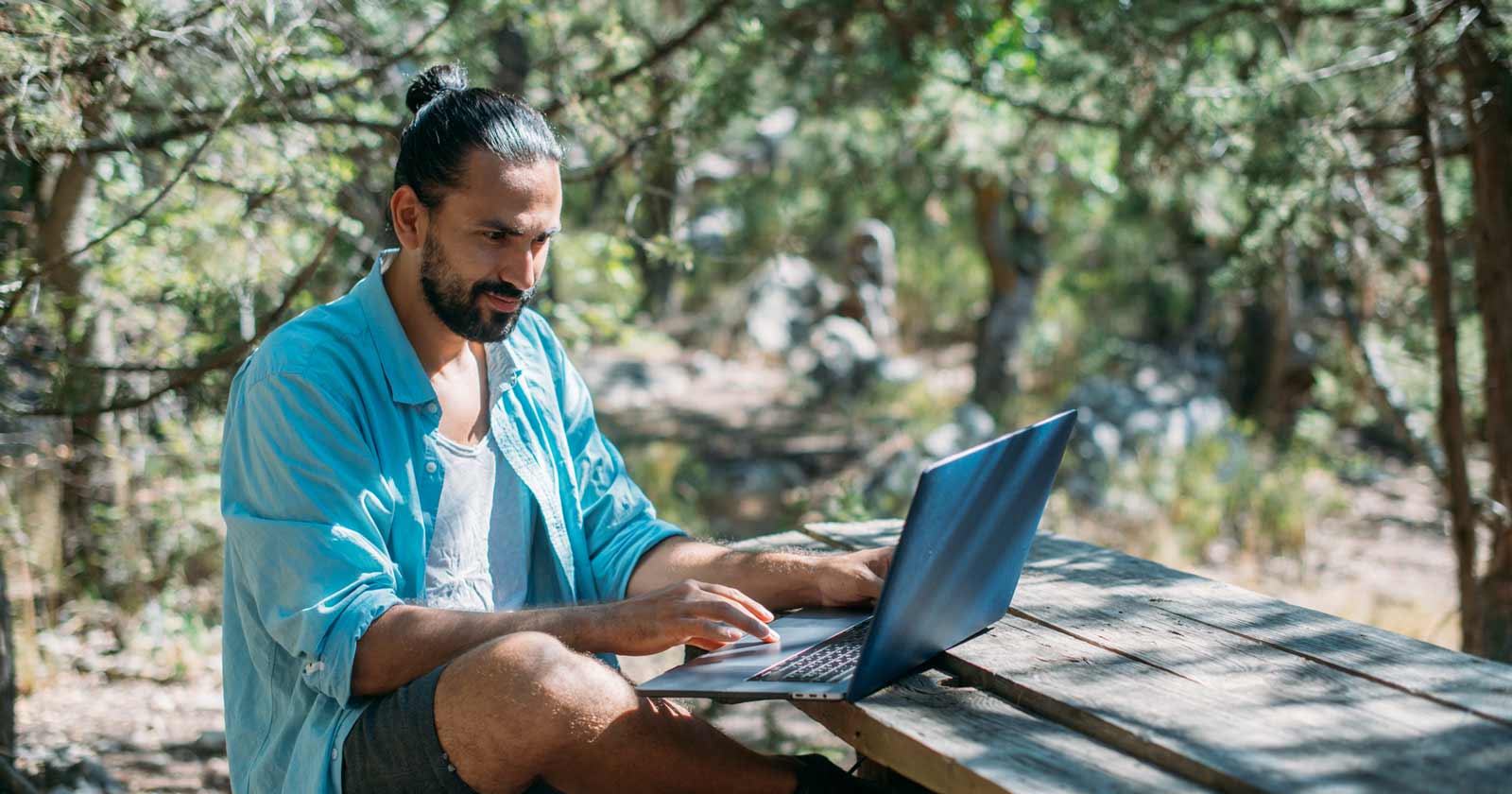
Be prepared for your hike: Plan your trip
A successful hike starts with a well-planned trip. By following these steps, you’ll ensure a safe and enjoyable adventure, prepared for anything the trail throws your way.
- Research your trip: Plan your adventure using a current map, official sources, and advice from experience walkers and local land managers. Understand the environment you are entering, and risks associated with it. Here’s a few useful links for Victoria. Other states will have similar resources.
- Hiking Trail Information – www.trailhiking.com.au
- Bureau of Meteorology – bom.gov.au
- Vic Emergency emergency.vic.gov.au
- Snow – snowsafe.org.au
- Know limitations of each person in the group: Consider all Physical, medical, experience or inexperience, skills for area. Age is also very important. Travel within your ability and knowledge of the area.
- Have a trip intention plan: Leave it with a reliable person. Notify that person if you change your plans. Fill out trip intentions/log books in huts or at check points during your journey if they are available. Emergency response / rescue can take time always have an emergency plan factored into your trip.
- Weather: Always check a current and forecasted weather report but do not rely on it, plan for worst-case scenario by carrying extra food, water, clothing and equipment. Weather can change very quickly! Also download phone apps such as: Weatherzone, Willyweather, BOM – Check them regularly.
- Water: Always carry sufficient water – day and overnight trips. Carry more water than you’ll need & plan for emergencies. Stay hydrated and do not rely on creeks unless you have reliable information.
- Food: As with water carry sufficient for trip and pack extra in case of emergencies.
- Clothing: Dress for conditions, bring extra and have wet weather clothing available. Always have enough to cover you for the worst-case scenario. Weather conditions in wilderness environments are sometimes unpredictable. Re-check weather forecast throughout your trip.
- Equipment: Always have a map and compass and know how to use them. GPS and mobile phones help but they do not replace experience. Bush walking clubs are a good way to advance your experience and knowledge. Carry spare batteries or a portable charging pack.
- Log books. Many popular walking track starting points, huts and some campsites have log books. Make a note in the log book of the time/date, your group and intended destination that day or multi-days. Include any relevant information that may benefit other groups. Read previous entries in any log book, to have an idea of the location of other groups or relevant information they may have shared. Log books will be reviewed by emergency services in the event of an incident or missing person/group in that area.

Mobile Phones: A helpful tool, but not a substitute for planning
Mobile phones can be a valuable tool on the trail, but it’s important to remember they shouldn’t be your sole source of navigation. Service reception can be unreliable in remote areas, and batteries can drain quickly. Here are some tips to get the most out of your mobile phone when you’re hiking:
- Keep the phone turned off when it’s not needed. A Mobile phone outside of range will continue to search for a signal quickly using up the battery. Also turn off the WiFi and Bluetooth settings.
- Keep it dry and warm, store the phone in a waterproof pouch or buy a waterproof phone.
- You can often get reception from high ground. If you don’t have reception, walk to a high point.
- SMS messages use much less power than calling; if your battery is low, send information via SMS.
- The GPS in your phone relies on the mobile network to render maps, while some phones have maps stored inside them. Most of these maps are not ideal for hiking as they lack detail, so it is advised to download Outdoor Apps such as: More to Explore, Pocket Earth, MotionX-GPS, Memory-Map, & Learn how to use them and know how to access your current GPS location.
- Download the “Emergency Plus” This gives your GPS location immediately and will allow you to contact emergency services directly from the app. Ensure your location services and mobile data is turned on.
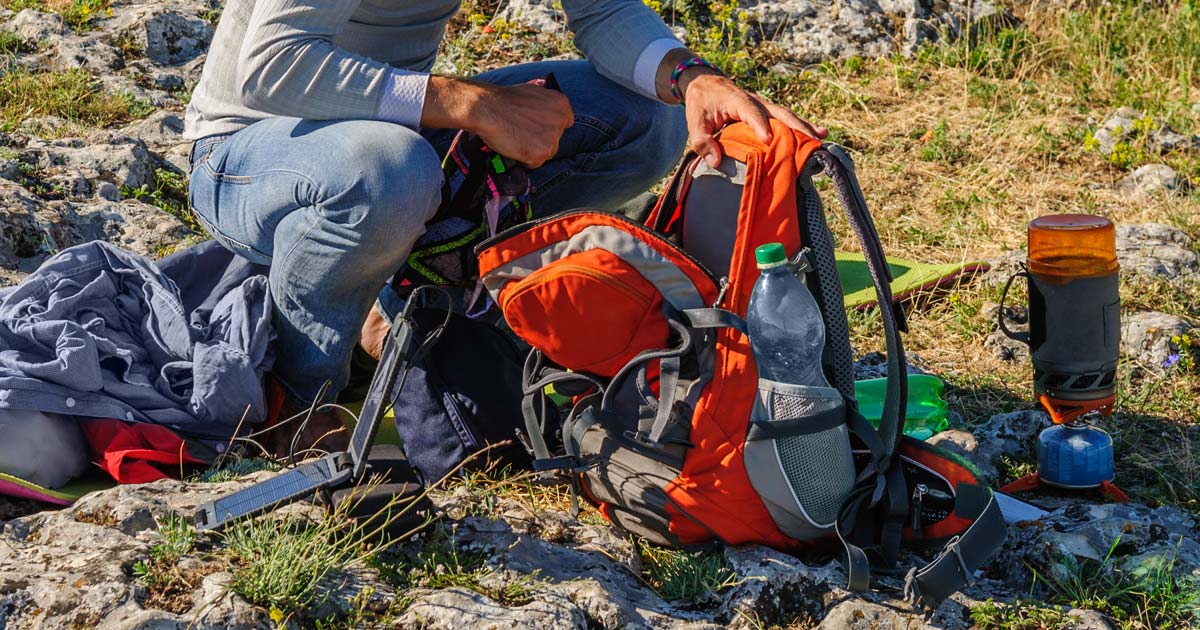
Suggested gear list
Now that you’ve planned your trip and understand the importance of informing others, here’s a suggested gear list to ensure you’re prepared for your adventure:
- Suitable backpack
- Map (current) and compass. GPS (extra batteries) learn how to use before leaving on trip
- Headlamp, spare batteries
- Whistle and Pocket knife
- Correct clothing – Seek advice outdoor stores, bush walking clubs.
- Extra clothing, food and water, hat, sunglasses, sunscreen.
- Have correct footwear – wear in before long bush walks
- Water proof matches and container
- Candle / fire starter
- First aid kit – individual and group.
- Tent or bivvy bag
- Large rubbish bag for emergency shelter and keeping equipment dry in you pack
- Note book and pencil, Sunglasses / sun hat / sunscreen
- Mobile phone – Be aware it will not always have coverage.
- Emergency Locator Beacon. Such as EPIRB, PLB, SPOT, In-Reach http://beacons.amsa.gov.au
- Sense of adventure; but know your limitations.
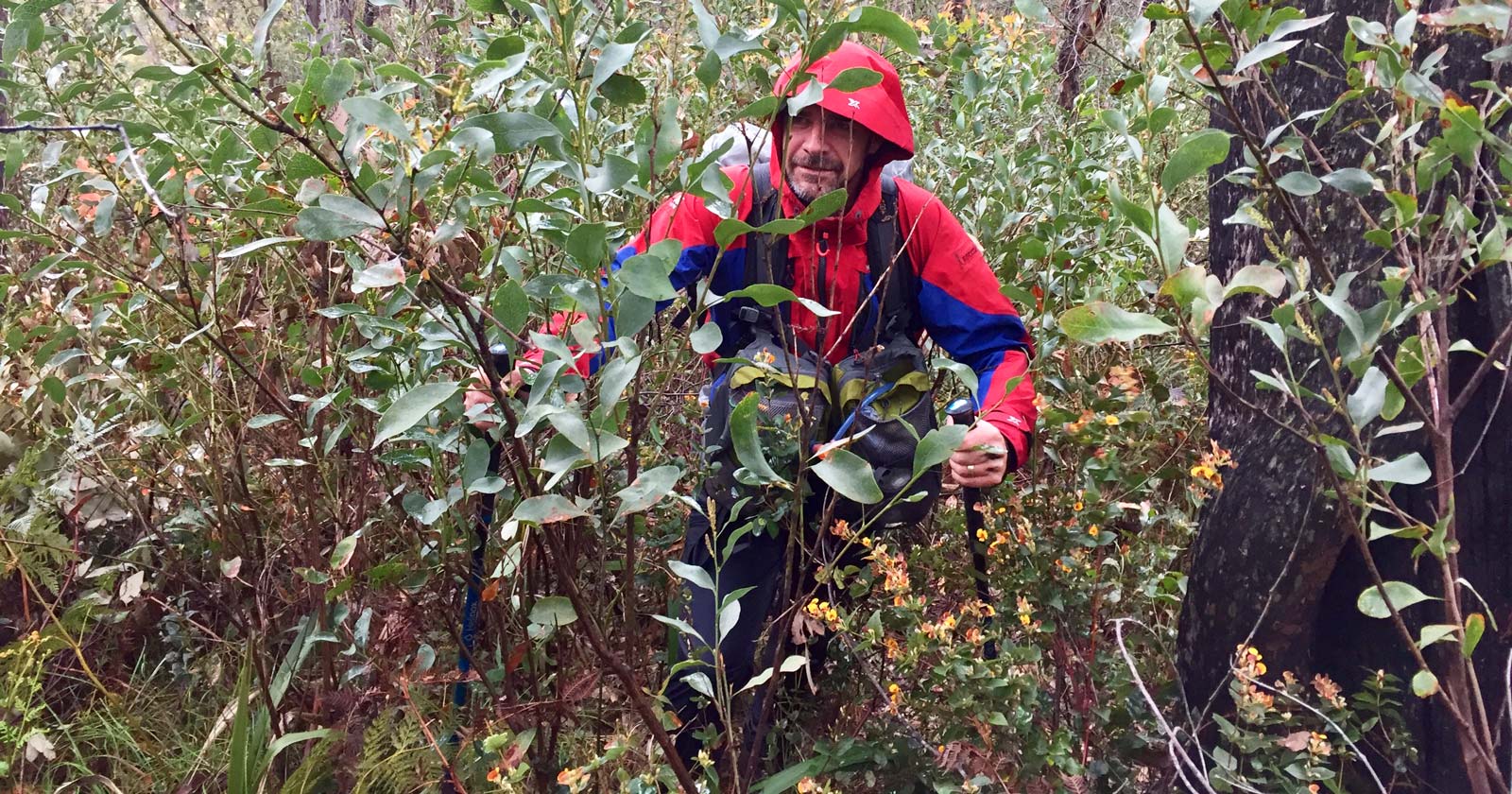
Common factors which contribute to persons being lost
Even the most experienced hikers can encounter unexpected situations. Here are some common factors that can lead people astray, and how you can avoid them during your hike:
- Planning, lack of planning or no planning of trip
- Terrain, hazards such as cliffs or rivers, overgrown tracks or poor signage.
- Weather, poor weather in area of search, hypothermia or hyperthermia
- Equipment, poor equipment – failure of equipment or inappropriate for area
- Ability, over confident – skill ability not proven for particular terrain
- Decision-making, lack of leadership within party – leading to poor decisions. Once lost walking in one direction believing they will come across civilisation eventually
- Fatigue, leading to poor decisions or injury
- Physical ability, poor physical condition, pre-existing injuries or illness
- Lack of food or water, contributing to fatigue and poor decision making
- Medical, pre-existing or accident during trip
- Technology, over reliance in technology. Eg, GPS flat batteries / mobile phones – no coverage
- Underestimating route, causing delay and/or unable to identify terrain hazards
- No map / compass, contributing to disorientation of person/s
What to do if you become lost
- Don’t panic! This wastes energy and leads to poor decision making
- Stop, stay calm and think
- Separated from your group? Shout out then wait for a response. Don’t run blindly towards where you think they might be
- Retrace your steps a short distance and see if you can find the trail
- Check your map and try to determine where you are by the contours and your compass. You might need to gain some height for orientation
- If you have no idea where you are, STAY WHERE YOU ARE!
- If you’re in a group ALWAYS STAY TOGETHER! There is safety in numbers and rescue teams don’t need to be searching for multiple groups
- If you have mobile reception, call 000 and ask for police. The international standard emergency number is 112, if you dial this number in Australia you will be treated exactly the same as a 000 call. In areas of marginal coverage SMS can be more reliable than voice, but 000 does not accept SMS messages. If SMS is the only way you seem to be able to connect, then you will have to SMS a friend and get them to call 000 for you.
- Make a cuppa to help you relax (there’s a teabag in your survival kit)
- Make your position visible to rescue teams by placing bright items (pack cover, bright clothing etc.) in an open and clearly visible area
- If you believe your life is at risk, activate your personal locator beacon (PLB)
- It can take time for rescuers to reach you, so your priority is to find or build a shelter to keep warm and dry. Remember to remain visible.
- Find a water source if it’s safe to do so and ration your food and water if necessary.
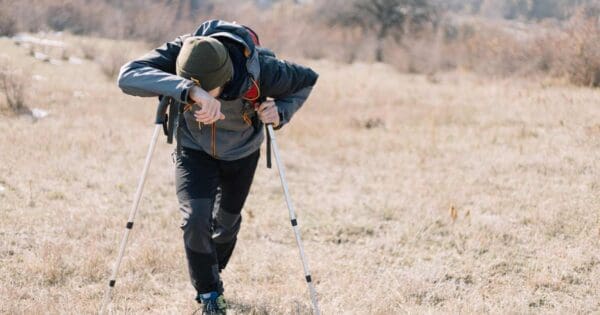

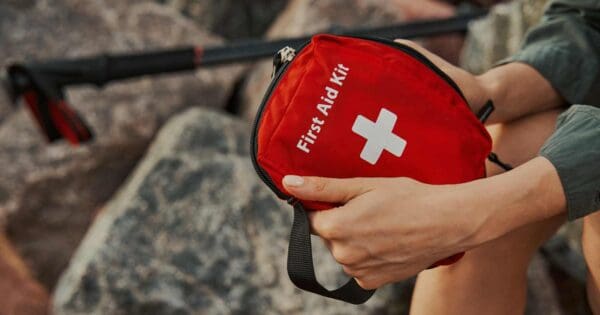



Suzanne Wallace